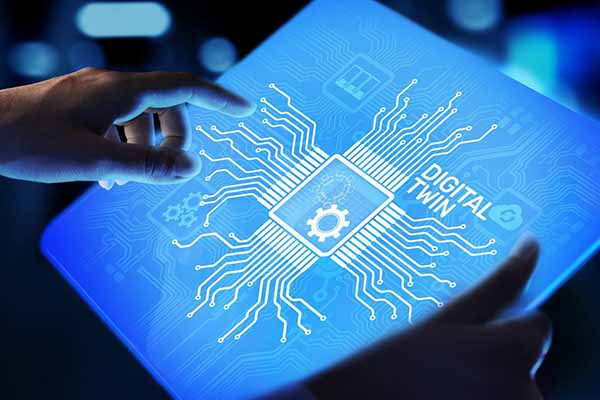The 27th Conference of the Parties to the United Nations Framework Convention on Climate Change (COP27) was held in the Egyptian coastal city of Sharm el-Sheikh. Parties reached the ‘Breakthrough Agreement’ to cut greenhouse gas emissions and adapt to the inevitable impacts of climate change through responsive and sustainable action. It is said to be a historic decision to develop ‘Loss and Damage’ funds for countries particularly vulnerable to the adverse effects of climate change.
The background of ‘Breakthrough Agreement’ and ‘Loss and Damage’ came with multiple natural disasters such as floods, wildfires, drought, and more around the globe due to global warming since early 2000. The California wildfire in 2020 was one of the worst wildfires in American history. Over 1.7 million hectares were burned and about 127 million metric tons of carbon dioxide were released which negates 17 years of efforts to reduce greenhouse gas emissions.

Companies are actively preparing countermeasures for global warming by reducing greenhouse gas emissions and strengthening ESG management to take the initiative on climate change. Global giants such as Apple and Amazon are setting goals towards renewable energy and reducing emissions. In addition, companies are presenting various new technologies that can prevent climate change and solve environmental problems.
Digital Twin and simulation are gaining attention as the core technology to protect the environmental scene. According to E8IGHT, a simulation-based digital twin platform company in Korea, digital twin allows duplicating a model or a phenomenon from the real world to a virtual world to simulate various practices which are difficult to execute in the real world. Through the process, it is possible to predict and solve issues of disasters, greenhouse gas emissions or other physical experiments which is difficult to simulate in real world.
E8IGHT is carrying out numerous projects to solve environmental problems through in-house developed particle-based simulation software NFLOW and digital twin platform NDX PRO. Recently, E8IGHT won a national project to prevent forest disasters by implementing a digital twin of a 3D-modeled forest. By redesigning a forest in a virtual world, real-time monitoring is possible using IoT sensors and could also develop countermeasure for disasters that could trigger landslides, wildfires, and more.

E8IGHT CEO Jin Kim said, “It is essential for companies to abide by ESG management and take social responsibility to consider the environment as well as to develop technology that could benefit humanity. It should also be able to contribute to society with sustainable technology for industrial development and improving the quality of life.”
















